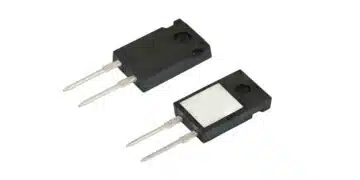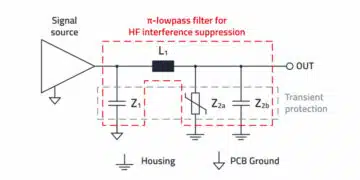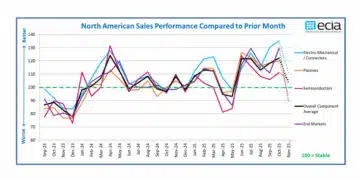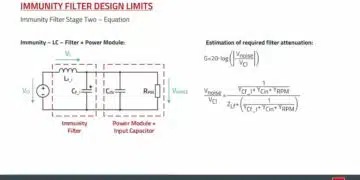Professor Sam Ben-Yaakov in this video explains the impact of the duty cycle of a PWM converter on conduction losses to design efficient power converters.
Pulse Width Modulated (PWM) converters are the backbone of modern power electronics, enabling efficient voltage regulation across a wide range of applications.
A critical factor in their performance is the duty cycle, which directly influences conduction losses, efficiency, and thermal behavior.
This presentation explores how duty cycle affects conduction losses in Buck, Boost, Buck-Boost, and Flyback converters, with emphasis on both Continuous Conduction Mode (CCM) and Discontinuous Conduction Mode (DCM).
Key Points
- Converter transfer functions are strongly dependent on duty cycle.
- Conduction losses arise from MOSFET on-resistance (RDS(on)) and diode voltage drop (VD).
- In Buck converters, total conduction loss is independent of duty cycle.
- In Boost, Buck-Boost, and Flyback converters, losses scale with duty cycle due to inductor current magnification.
- Simulation confirms that the ratio Pout · D / IRMS2 remains approximately constant in DCM.
Chapter 1: Converter Transfer Functions
The fundamental voltage transfer ratios of PWM converters are:
- Buck: Vout / Vin = D
- Boost: Vout / Vin = 1 / (1 − D)
- Buck-Boost: Vout / Vin = D / (1 − D)
- Flyback: Vout / Vin = (D × N) / (1 − D)
These relationships highlight how duty cycle D and transformer turns ratio N determine the achievable voltage conversion.
Chapter 2: Conduction Loss Mechanisms
Conduction losses are primarily due to MOSFET channel resistance and diode forward voltage. Representative expressions include:
- MOSFET Loss: Iout2 · RDS(on)
- MOSFET Loss with Duty Cycle: Iout2 · RDS(on) · D
- Diode Loss: Iout · VD · (1 − D)
- Inductor Current: IL = Iout / (1 − D)
- Total Conduction Loss: IL2 · RDS(on)
- Primary RMS Current (Flyback): Iprimary,RMS = (Iout / N) · √D
Chapter 3: Duty Cycle Dependence
In Buck converters, conduction losses are independent of duty cycle since the inductor current equals the output current. In contrast, Boost and Buck-Boost converters exhibit losses that increase with duty cycle because the inductor current is amplified:
IL = Iout / (1 − D)
As D approaches unity, inductor current rises sharply, leading to higher conduction and switching losses. Flyback converters add complexity due to transformer turns ratio N, which interacts with duty cycle to determine both voltage stress and conduction losses.
Chapter 4: Simulation and Validation
Simulations were performed with stepped duty cycles from 0.2 to 0.7. Results showed that RMS currents and output power followed expected theoretical trends. Importantly, the calculated ratio:
Pout · D / IRMS2 ≈ constant
This invariance validates the analytical expression for switch conduction loss in Discontinuous Conduction Mode (DCM). The close agreement between simulation and theory confirms the robustness of the derived models.
Conclusion
Duty cycle plays a central role in determining conduction losses in PWM converters. While Buck converters maintain duty cycle–independent conduction losses, Boost, Buck-Boost, and Flyback topologies exhibit strong duty cycle dependence due to inductor current scaling.
The analytical models, supported by simulation, demonstrate that conduction loss behavior can be accurately predicted and optimized by careful duty cycle and transformer ratio selection. These insights are crucial for designing efficient power converters in both CCM and DCM operation.






























